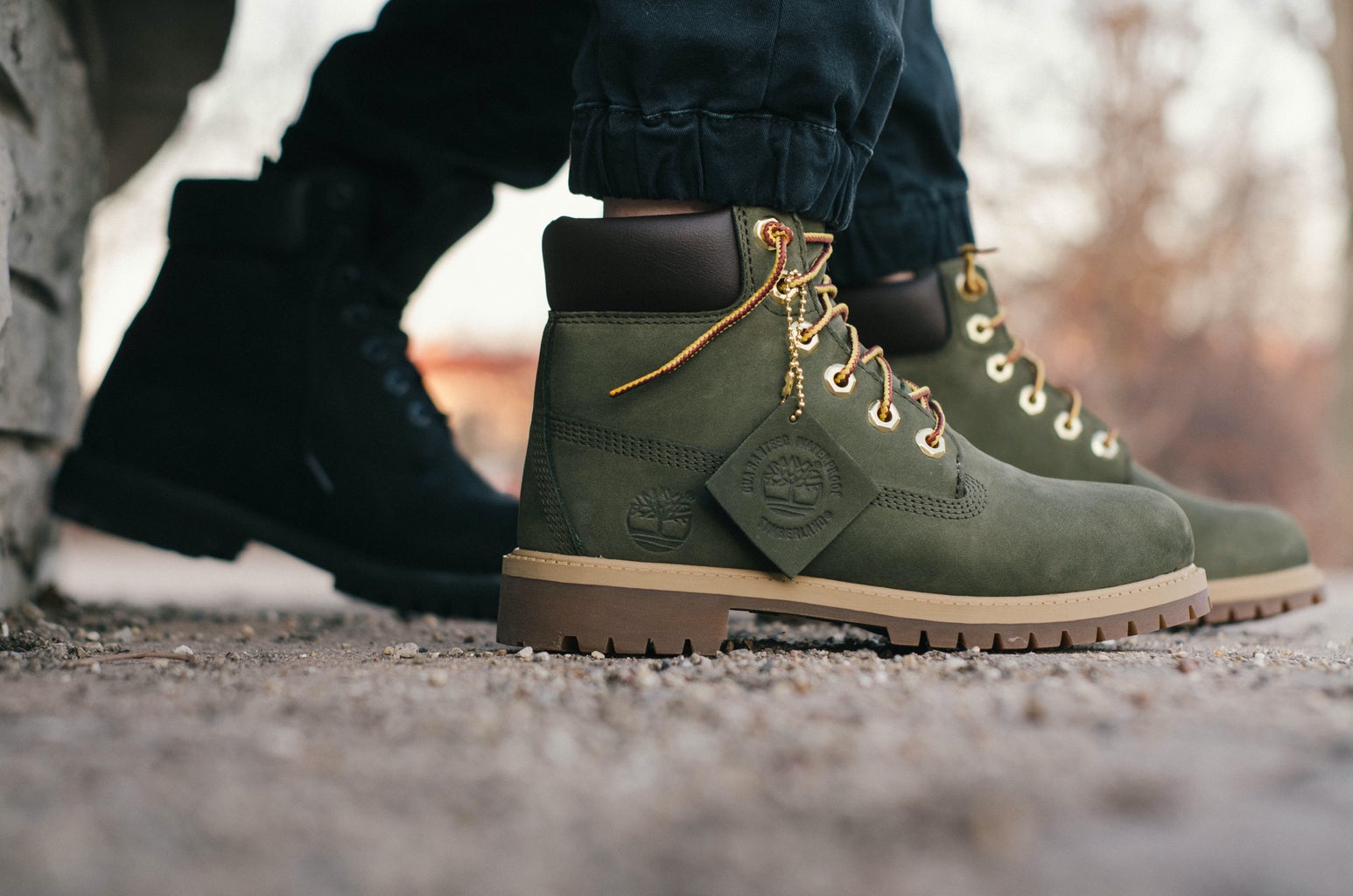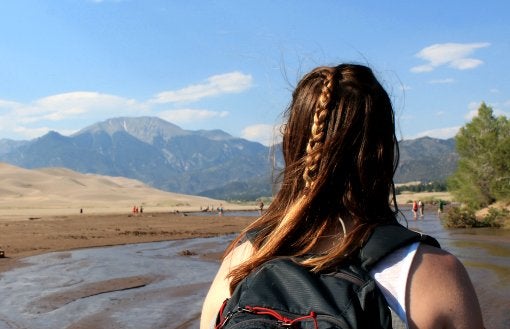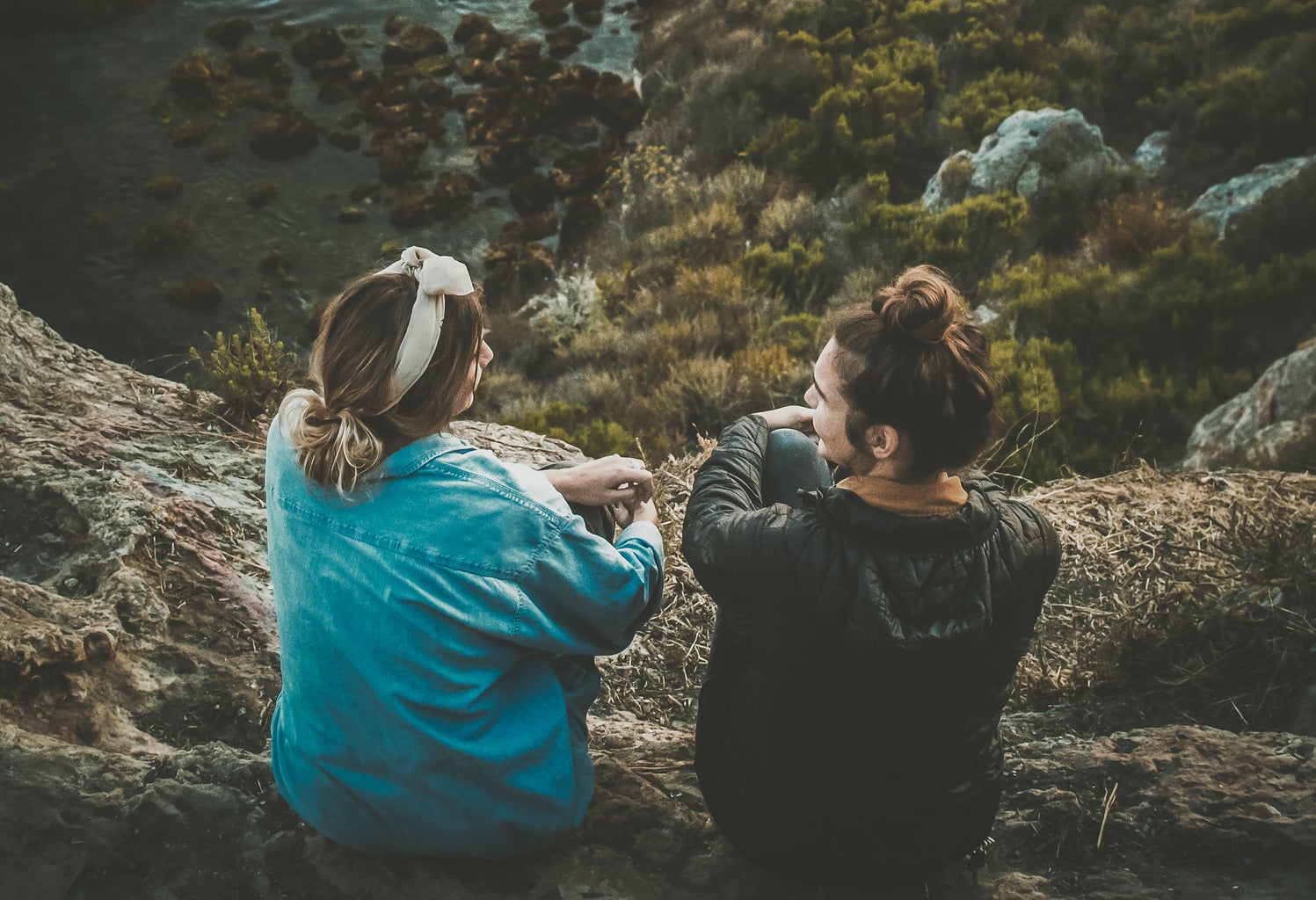Growing up in Texas, the most active thing you could really do was go on a “nature walk” through your neighborhood. Colorado took me by surprise 2 years ago when I saw how active the community was. From morning jogs to rock climbing, it seemed like everyone had it figured out. I didn’t. I wanted to find a way to stretch my legs and explore the town around my college campus. Here are some things that I learned on my first few hikes, in case you’re just starting out.
Preparing for The Journey
Hiking is exercise. If you go into a full-body workout without a warm-up, you might pay for it later. Days leading up to your hike, try to take a few extra sips of water for hydration. Additionally, make an effort to throw in some light cardio such as jumping jacks, or even taking the stairs instead of the elevator if you’re feeling up to it.
Wearing What You Want
Starting off, yes, you’ll need your water bottle. It’s important to stay hydrated, but it’s just as important to fuel your body with food. Some light snacks before a hike include peanut butter toast with banana slices, yogurt with granola and blueberries. Try to fit in some lean protein choices like chicken, tofu, or sausage. Keep this before-hike meal simple! It is meant to provide you with energy and keep you from getting hangry mid-hike.

For clothing, wear what you’re comfortable in. For me, that’s an oversized tee and shorts. And because Colorado weather likes to change every hour (or so it seems) consider bringing a light jacket along on the journey. For footwear, throw on your everyday socks and shoes.
Investing What You Can
I view hiking as a relatively inexpensive way to get some exercise, but I will acknowledge there are investments you could make as a budgeting college student getting into hiking. One of the challenges I faced when I started hiking was figuring out what to bring along with me.
I knew I needed to carry the essentials: my phone, keys, water bottle, granola bars, sunscreen, camera, and pepper spray all in one go. You could carry around a backpack, but I would recommend a fanny or hydration pack, which could range from $12-$30. If this is an investment you can make I suggest you do so, but it is not necessary!
Know Before You Go
The safety talk can get old, I know. But it’s important. When going hiking, never ever (EVER!) go alone. Even if you have hiked the trail before, or have years of experience hiking. Even if it’s during the day, my advice is just to not do it. If you don’t have anyone to come with you, try inviting a neighbor or simply postpone the hike until you have company.
Another quick and easy way to ensure your safety while out in nature is to let at least two people know where you are going beforehand. If you wait until the last minute, you could run the chance of not having a signal.
When enjoying your hike in Colorado, you may get lucky and cross paths with wildlife. Squirrels, songbirds, deer, or a black bear. If you’re like me, you’ll hope to never come across a black bear on a trail either! In the slight chance you come across a stationary black bear, according to the National Park Service, stay calm and move away slowly and sideways. Do not run!
Aftercare
Congratulations! You completed your first hike hydrated, a little sore, but happy. I’m so proud of you! Celebrate with a few more sips of water, a quick stretch, and a granola bar. When you get home, take a cold shower to help your muscles recover.



